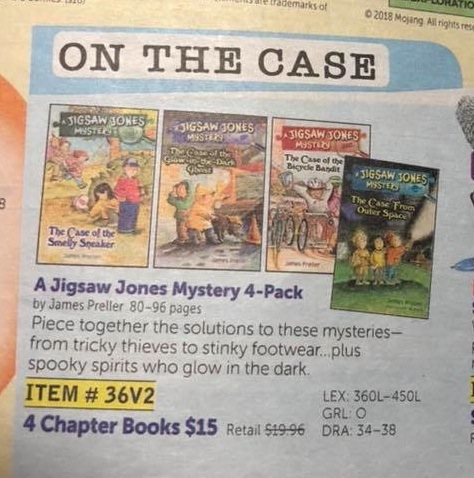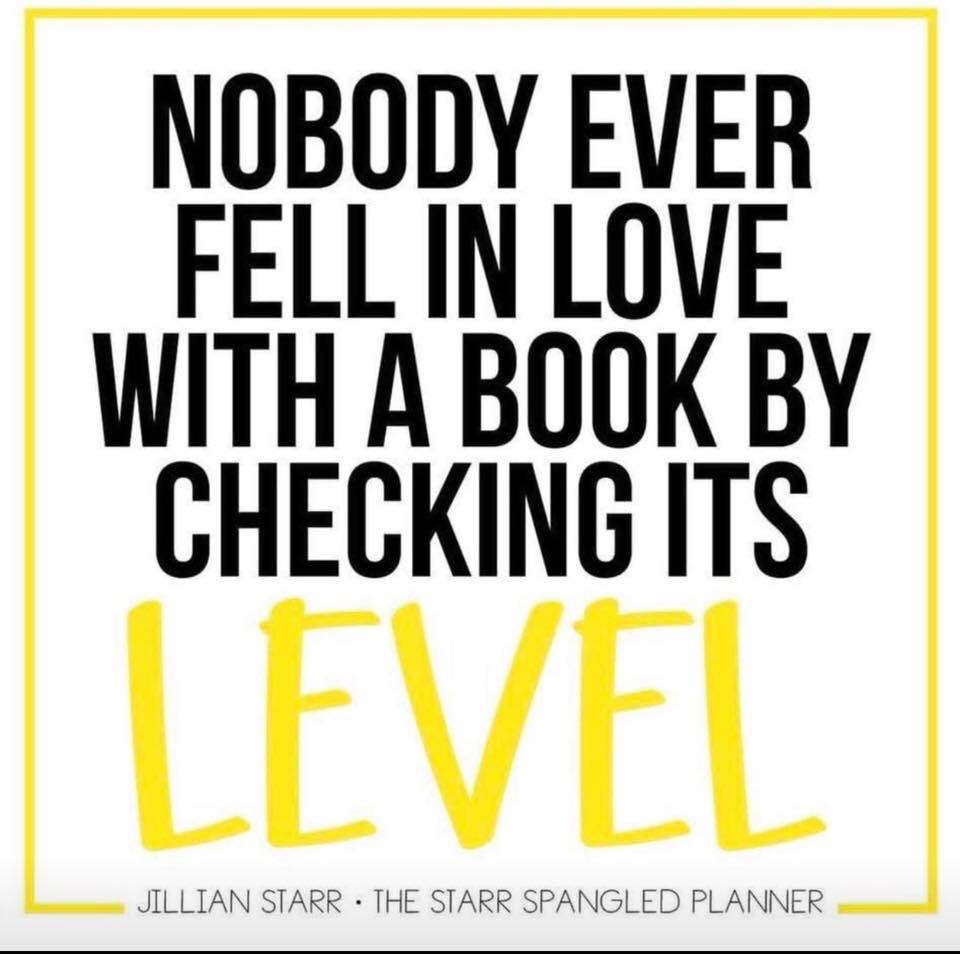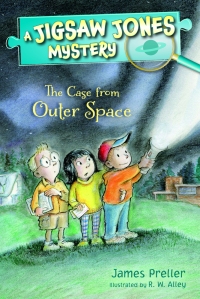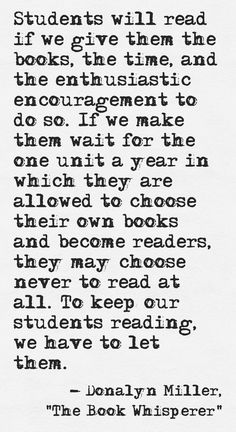–
A number of Jigsaw Jones books have been offered through Scholastic Book Clubs. My niece, Jamie, sent along a snap:
–
As my many biographers are well aware, I began my career as a junior copywriter in 1985 at Scholastic for $11,500. My first job was writing the SeeSaw Book Club.
I noticed those data points at the bottom right:
LEX: 360L-450L
GRL: 0
DRA: 34-38
I confess that I don’t know what any of those numbers mean. I don’t know if it’s a good thing or not. Should I be aiming for a higher or lower “DRA”? Clearly, this is some kind of “important information” (yes, in quotes) about the level and age-appropriateness of the books. To help guide parents/teachers about the level of the product offered.
Heaven forfend if the book is too hard or too easy.
Honestly: I’m curious. How long have book clubs been incorporating this info into the kits (as we called them back in the day). Do you see this as good information? Bad information? Misleading?
From time to time, I’m lucky enough to sign books at festivals. And more and more I’m hearing that question from parents: “What level is this book?”
And I don’t know the answer.
I mean, I have an idea of the interest level; I have a notion of the difficulty. This series has been around for two decades. My sense is that now parents are looking for highly specific information. They’ve been taught to look for this info.
Are we overthinking this?
Why, as a book lover, does this little group of numbers and letters make me want to cry a little bit?
Because often there’s a kid standing next to mom when she asks this question. A kid who maybe wants to read the book, or maybe not. What level is it? I sure don’t know the answer.
I can’t help but wonder if this is some new version of “Dick and Jane” readers, where everything is controlled and identified. The stages of reading.
Note, also, that this information is not included on the book itself. This comes from Scholastic Corporate, evidently in response to a perceived a need, a way to better serve customers. Who want to know the answer to the question: “What level is this book?”
When did people start asking that? What brave new world is this?
I don’t mean to be snarky. I’m grateful to Scholastic for offering my books. I’m just curious what’s going on here. It might be a positive thing, I don’t know.
But here’s a thought:
–
–
Note: I am not familiar with Jillian Starr, a classroom teacher, or her work. This was just a meme floating around the interwebs. It seemed to be saying something important. A reminder.
Thoughts, ideas?
ADDENDUM . . .
After posting this piece, I came across Donalyn Miller’s post, “On the Level,” originally posted at the terrific Nerdy Book Club site. Here’s the opening two paragraphs, but please click on the link to Donalyn’s post for full effect:
While I was visiting an elementary school library in Chicago last spring, a group of third graders came into the library to return and check out books. The children wore index cards clipped to their shirts. On one side of the card was the child’s name. On the back, layers of sticky labels with the top label indicating the child’s current Lexile reading level. The poor librarian was required to check the reading level on the cards against the books the children wanted to check out. If a child picked a book that wasn’t on their level, she had to take it from them and tell them to get another one. Imagine what it feels like to hear you can’t read a book you want to read and must choose another one. Imagine your entire class witnesses this exchange. How do you feel about reading? How do you see yourself as a reader?
Again and again, I see reading level measures used to rank children, sort them into reading groups, identify at-risk readers, or generate grades. To what end? If we truly value a whole child model of education, children’s development of lifelong reading habits and skills should matter just as much as reading scores. Does our institutional zeal for reading levels have long-term negative consequences for young readers?



 Writers are not often given the opportunity to revise our work post-publication. We labor like the dickens throughout the writing process -– drafting, daydreaming, dithering -– until those last desperate hours of corrections. Then we let the book go scampering off into the wild. Not perfect, not ever perfect, but the best we could do at the time.
Writers are not often given the opportunity to revise our work post-publication. We labor like the dickens throughout the writing process -– drafting, daydreaming, dithering -– until those last desperate hours of corrections. Then we let the book go scampering off into the wild. Not perfect, not ever perfect, but the best we could do at the time. I’d learned while writing the series to (mostly) avoid specific cultural references. But even so, I slipped up. So I needed to strike references to Britney Spears’ bellybutton (shaking head, even now), Blue’s Clues, baseball slugger Mike Piazza, and Barney the (annoying) Dinosaur. It would be more relatable for young readers if I shifted to generic descriptions, i.e., the hit song on the radio.
I’d learned while writing the series to (mostly) avoid specific cultural references. But even so, I slipped up. So I needed to strike references to Britney Spears’ bellybutton (shaking head, even now), Blue’s Clues, baseball slugger Mike Piazza, and Barney the (annoying) Dinosaur. It would be more relatable for young readers if I shifted to generic descriptions, i.e., the hit song on the radio.










